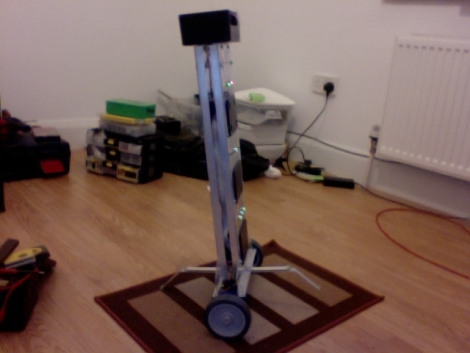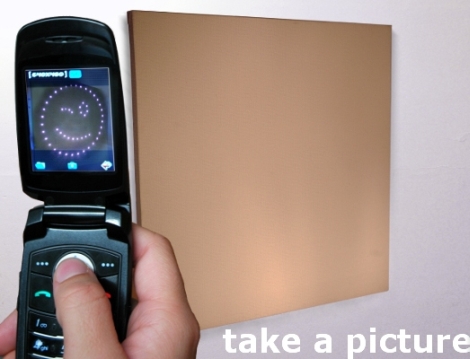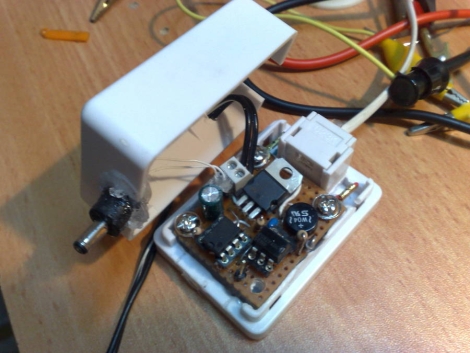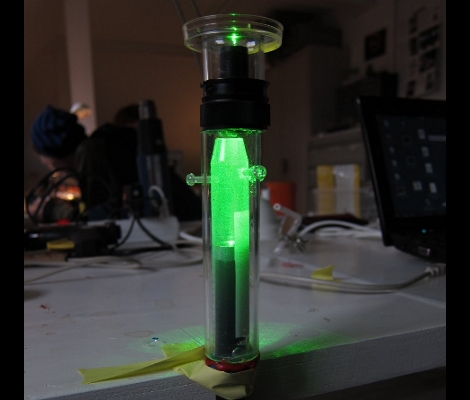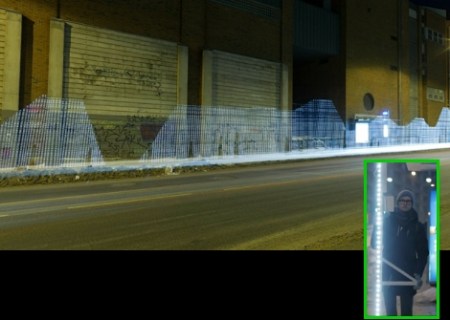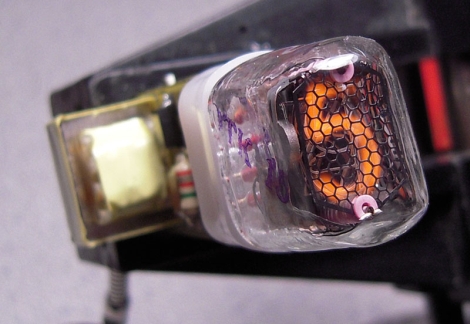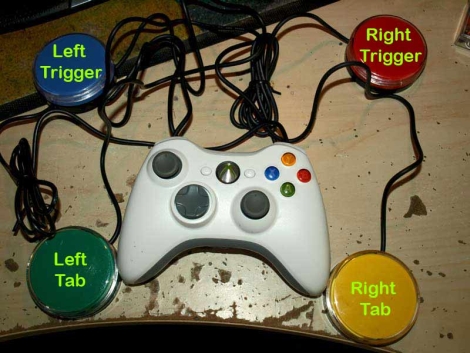
[Adrian] has a friend that, due to an accident, can no longer play Xbox games in the standard fashion. His friend is unfortunately unable to hold the game pad properly, and no longer has the manual dexterity to reach the shoulder buttons and triggers on the top side of his Xbox 360 controller. Being the good guy that he is, he set out to see what he could do in order to bring the joy of playing Xbox back into his friend’s life.
Inspired by the many different gaming mods he has seen [Ben Heck] construct, he pulled apart an Xbox 360 wireless controller and began to investigate how the four top buttons were activated. In no time, he had four large buttons wired to the PCB where the triggers and shoulder buttons once connected.
[Adrian] mentions that his modification isn’t quite complete, as he is going to mount the buttons into a board which can easily be laid on his friend’s lap or a table. The only thing we are left wondering is whether or not he was able to replicate the analog functionality of the triggers, or if they are treated as simple on/off switches. Either way, we are sure his friend will be thrilled!

